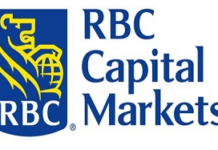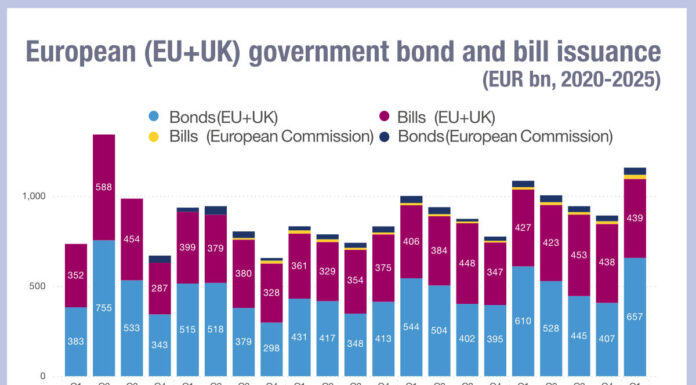A position paper by analyst firm GreySpark Partners has argued that transaction cost analysis (TCA) is too limited for its purpose, and will need to be replaced by transaction quality analysis (TQA), using more intelligent data analysis.
The firm makes the case that the measures of effectiveness used by TCA models to assess transactions post-trade, are testing the accuracy of the claims made by buy- and sell-side market participants during trade price negotiation, price work-up and market execution activities.
“Accuracy, however, is a poor measure of quality,” notes the report. “Saying one will do a thing and then not being able to do said thing due to conditions beyond one’s control is, effectively, the equivalent of a shoulder shrug.”
From a data perspective the issue the analysts found was that market and trade data which are applied to pre- or post-trade activities is “typically proxied using the market participant’s own recent intake and output of relevant variables to a model [which is] based fundamentally on assumptions. Thus, that data, and the models based upon it, are inherently stale from the get-go.”
The potential lack of value in typical TCA models is exemplified by the analysts when they look at reviews of the credit market’s illiquid, off-the-run investment grade or high-yield execution which, they cite, can include costs such as:
• the price paid by the bank to access the market data needed to perform pre-trade analysis;
• the bank’s IP associated with finding the other side of the trade, which can sometimes take weeks or months;
• Spread Calculation, especially for an Illiquid Instrument – This often amounts to an additional 20bps-25bps for off-the-run credit; for liquid investment grade or US Treasuries, it typically comes out to 4bps-8bps;
• Connectivity – For example, the prevalence of ION gateways;
• Market Data Terminals – For example, four bank traders using Bloomberg terminals at USD 21k per annum, which is only a minimum of 50% of the total cost for the buyside counterparty; and
• Other Infrastructure Costs – For example, straight-through processing or central clearing.
According to the paper, the application of TQA measurements by asset managers to fixed income trading will be centred around knowing the market impact of either a book of axed trades or a collection of block-size bonds and swaps orders would be on the entirety of a firm’s available liquidity on:
• a liquidity provider-by-liquidity provider basis; and
• across the entirety of all the available execution pathways and venues.
©Markets Media Europe 2025


























